Fermented Elderberry Oxymel emerges as a true powerhouse of wellness in a landscape saturated with ever-evolving health trends. This article embarks on a journey into the intricate realms of this time-honored concoction, peeling back the layers of its rich history, unveiling its myriad benefits, and providing practical insights on seamlessly integrating it into your daily routine.
Picture this: a history steeped in tradition, a potion revered through the ages. Fermented Elderberry Oxymel is not just another health fad; it’s a story, a narrative woven into the fabric of ancient practices. Delving into its rich history is like unlocking a treasure trove of knowledge, where each chapter reveals the cultural significance and therapeutic applications that have stood the test of time.
Table of Contents
ToggleFermented Elderberry Oxymel: A Deep Dive into its World of Wellness
Embark on an enlightening journey into the realms of Fermented Elderberry Oxymel, a time-honored elixir celebrated for its centuries-old reputation of enhancing well-being.
Unraveling the Origins: Discovering Centuries of Tradition
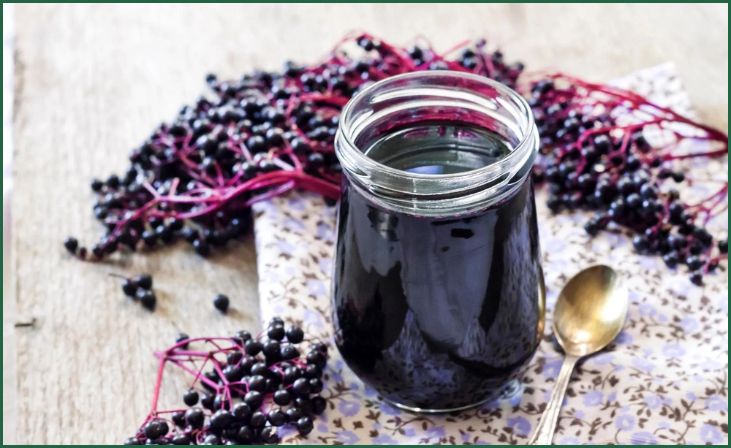
Immerse yourself in the rich tapestry of Fermented Elderberry Oxymel as we unravel its origins, tracing its roots through the corridors of time-honored traditions and ancient civilizations. Picture the reverence bestowed upon this elixir as it weaves its way through history, becoming a symbol of vitality and holistic health.
Also Read:- Is Raw Fermented Meat Safe To Eat
The Science Behind Fermentation: A Symphony of Transformation
Dive deep into the alchemy of fermentation, where the simple ingredients of Fermented Elderberry Oxymel undergo a remarkable transformation. Understand the intricate dance of microorganisms and sugars, witnessing how this process turns these basic elements into a potent and healthful elixir. It’s a symphony of transformation, where science meets tradition to create a beverage that transcends its components.
Cultivating the Potency: Unlocking the Secrets of Nutritional Richness
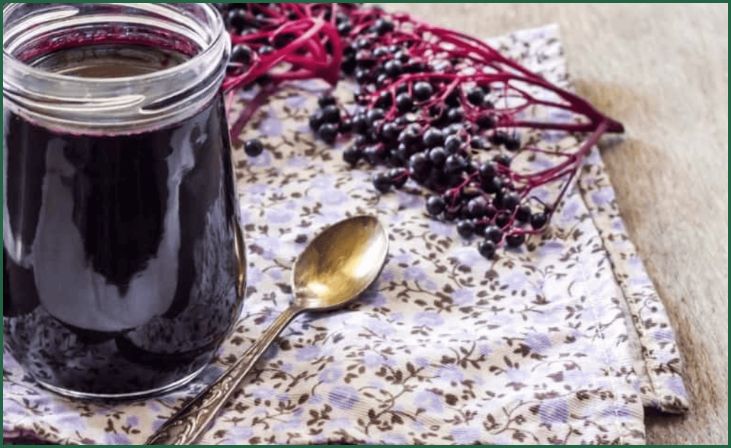
Explore the key elements that contribute to the potency of Fermented Elderberry Oxymel. From the careful selection of ingredients to the art of fermentation, each element plays a crucial role in unlocking the secrets of its nutritional richness. Delve into the bioactive compounds and antioxidants that make this elixir not just a flavorful beverage but a powerhouse of wellness.
Crafting Your Own Oxymel at Home: An Empowering DIY Adventure
Embark on a DIY adventure with us as we guide you through the step-by-step process of crafting your own Fermented Elderberry Oxymel in the comfort of your home. Feel the empowerment that comes with creating a batch of this magical elixir tailored to your unique taste and preferences.
A DIY Adventure: Turning Simple Ingredients into Liquid Gold
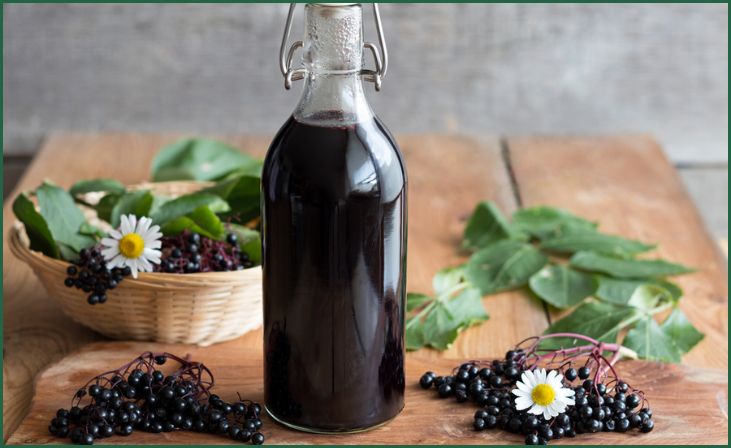
Gather the necessary ingredients as we embark on this DIY adventure together. Follow our simple yet comprehensive instructions, transforming commonplace components into a batch of liquid gold. Experience the joy of creating a concoction that not only tantalizes your taste buds but also contributes to your overall well-being.
Health Benefits of Fermented Elderberry Oxymel: Unlocking Nature’s Wellness Secrets
Delve into the treasure trove of health benefits that Fermented Elderberry Oxymel offers, transcending its exquisite taste to become a holistic tonic for your well-being.
Don't just scroll, subscribe!
BuzzTrail's unique web-stories are the cure for boredom you've been waiting for.
Nourishing Your Body: A Synergistic Blend for Vitality
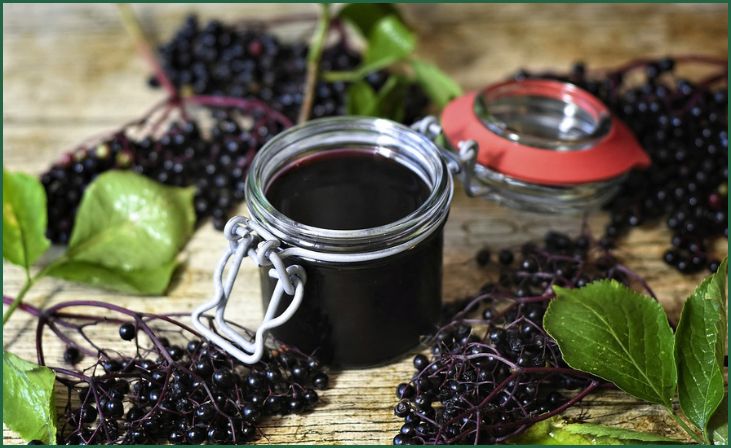
Discover the unique synergy between elderberries and fermentation, a duo that works harmoniously to nourish and fortify your body from within. Unearth the nutritional richness that this elixir provides, as it becomes a source of essential nutrients, antioxidants, and probiotics that contribute to your overall health.
Integrating Fermented Elderberry Oxymel into Your Routine: Elevate Your Lifestyle
Take a bold step towards a healthier you by seamlessly incorporating Fermented Elderberry Oxymel into your daily routine. Upgrade your lifestyle as you explore creative ways to savor this elixir, turning it into a delightful addition to your mornings, afternoons, or evenings.
A Lifestyle Upgrade: Innovative Recipes for Holistic Well-being
Embark on a journey of culinary exploration as you discover innovative recipes and ideas to effortlessly integrate Fermented Elderberry Oxymel into your meals, snacks, and beverages. Elevate your culinary creations with a touch of this wellness elixir, turning each bite and sip into a nourishing experience.
Personal Experiences with Fermented Elderberry Oxymel: Real-life Transformations
Gain intimate insights into the real-life experiences of individuals who have embraced Fermented Elderberry Oxymel. Hear their transformative journeys, from heightened energy levels to improved sleep patterns, and witness firsthand the positive impact this elixir has had on their lives.
Tales of Transformation: Empowering Stories of Well-being
From tales of enhanced energy levels propelling individuals through their daily routines to the restful nights brought about by the calming effects of Fermented Elderberry Oxymel, these stories are a testament to the transformative power of this ancient elixir.
Exploring Variations and Flavors: A Culinary Symphony
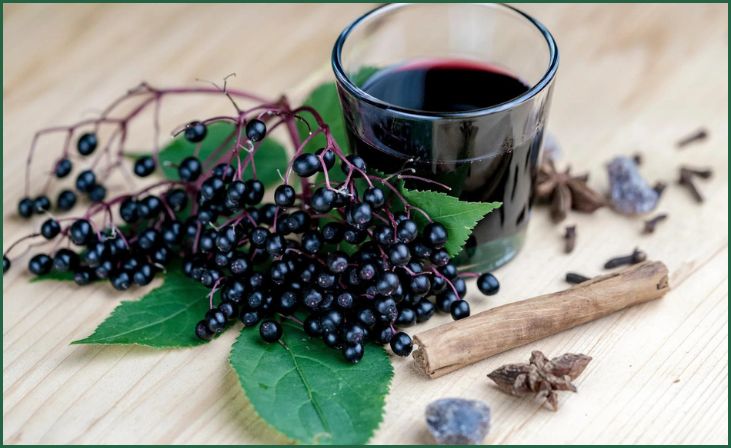
Immerse yourself in a symphony of tastes as we explore the vast world of variations and flavors of Fermented Elderberry Oxymel. Whether you crave a tangy twist or a subtle sweetness, discover the diverse ways to tailor this elixir to your unique taste buds.
Also Read:- Fermented Salt Cured Egg Yolks
A Symphony of Tastes: Tailoring Fermented Elderberry Oxymel to Your Palate
The symphony of flavors offered by Fermented Elderberry Oxymel assures that there is a flavor profile to fit any palette, whether it’s infusing it into your favorite beverage, creating unusual culinary creations, or simply enjoying it as a solo delight. Enjoy the pleasure of personalization and the wellness journey that each sip brings.
Conclusion
In wrapping up this exploration, it’s time to extend an invitation to embrace the transformative power of Fermented Elderberry Oxymel as more than just a beverage but a holistic approach to overall well-being. As we conclude, let’s underscore the significance of unlocking the potential embedded in this ancient elixir and setting forth on a journey towards a life marked by vitality and vibrancy.
Frequently Asked Questions
Q: What makes Fermented Elderberry Oxymel different from regular elderberry syrup?
Q: What makes Fermented Elderberry Oxymel different from regular elderberry syrup?
Fermentation! It enhances the nutritional profile and introduces probiotics for gut health.
Q: Can I consume Fermented Elderberry Oxymel daily?
Q: Can I consume Fermented Elderberry Oxymel daily?
Absolutely! Daily consumption supports overall well-being, especially during seasonal changes.

